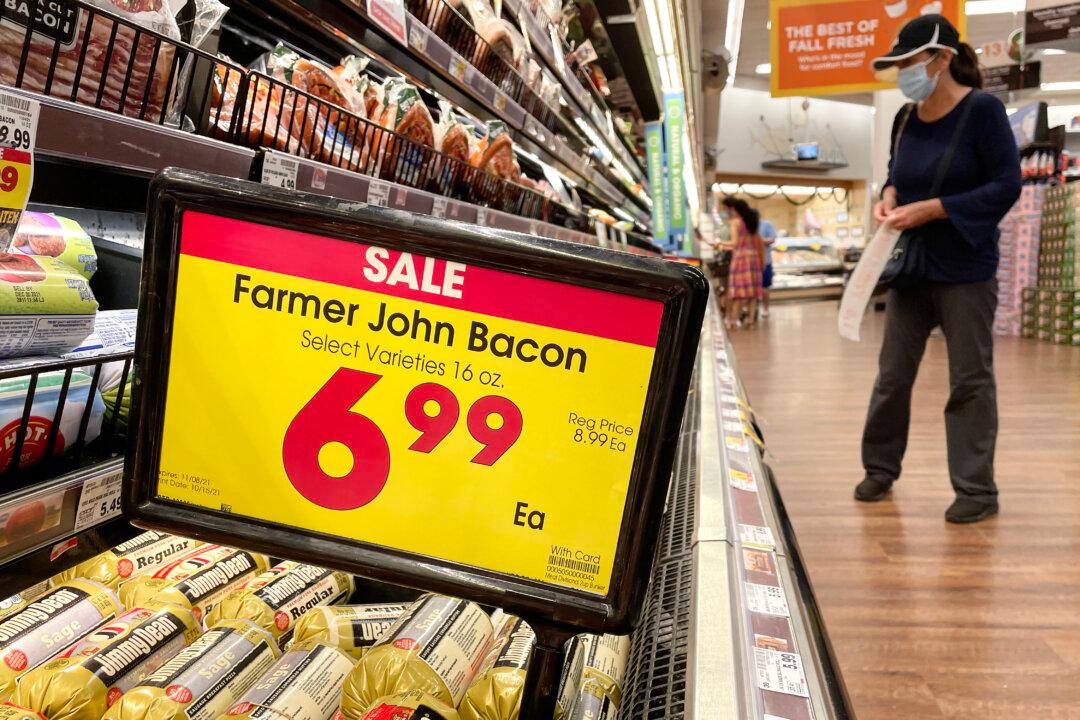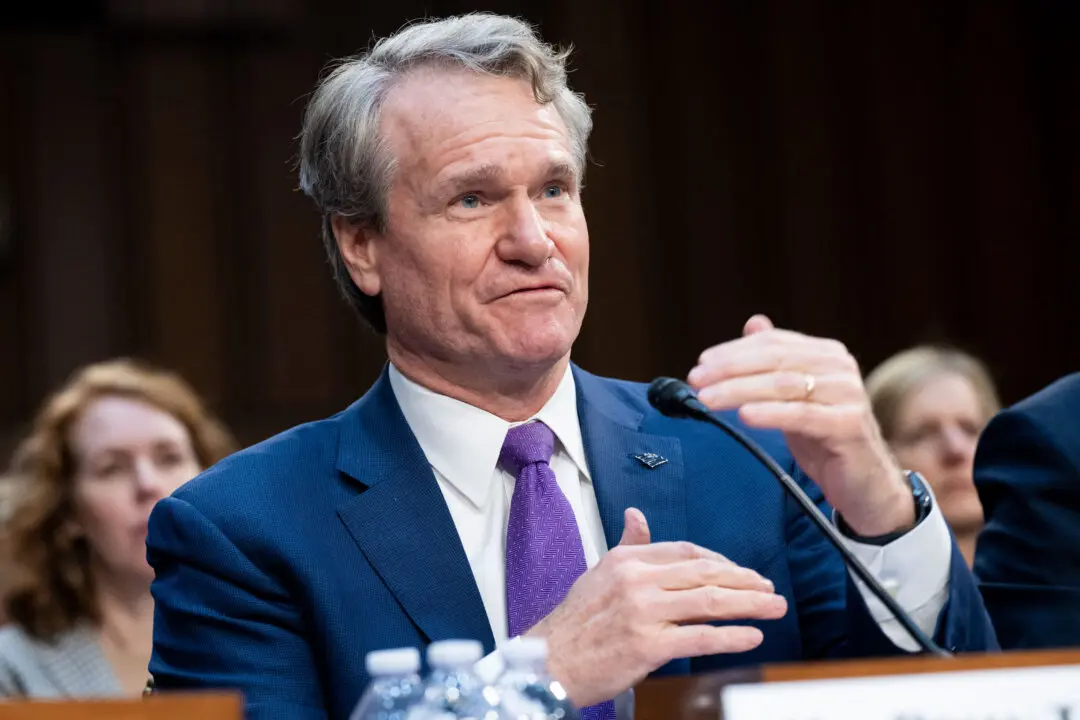U.S. consumer confidence fell to a 3-month low in May as soaring prices and rising interest rates fed into a cooling of buying intentions for goods like cars and houses, and as consumers expressed worry about the future pace of inflation.
The Conference Board said in a May 31 statement that its Consumer Confidence Index fell from an upwardly revised 108.6 in April to 106.4 in May.





